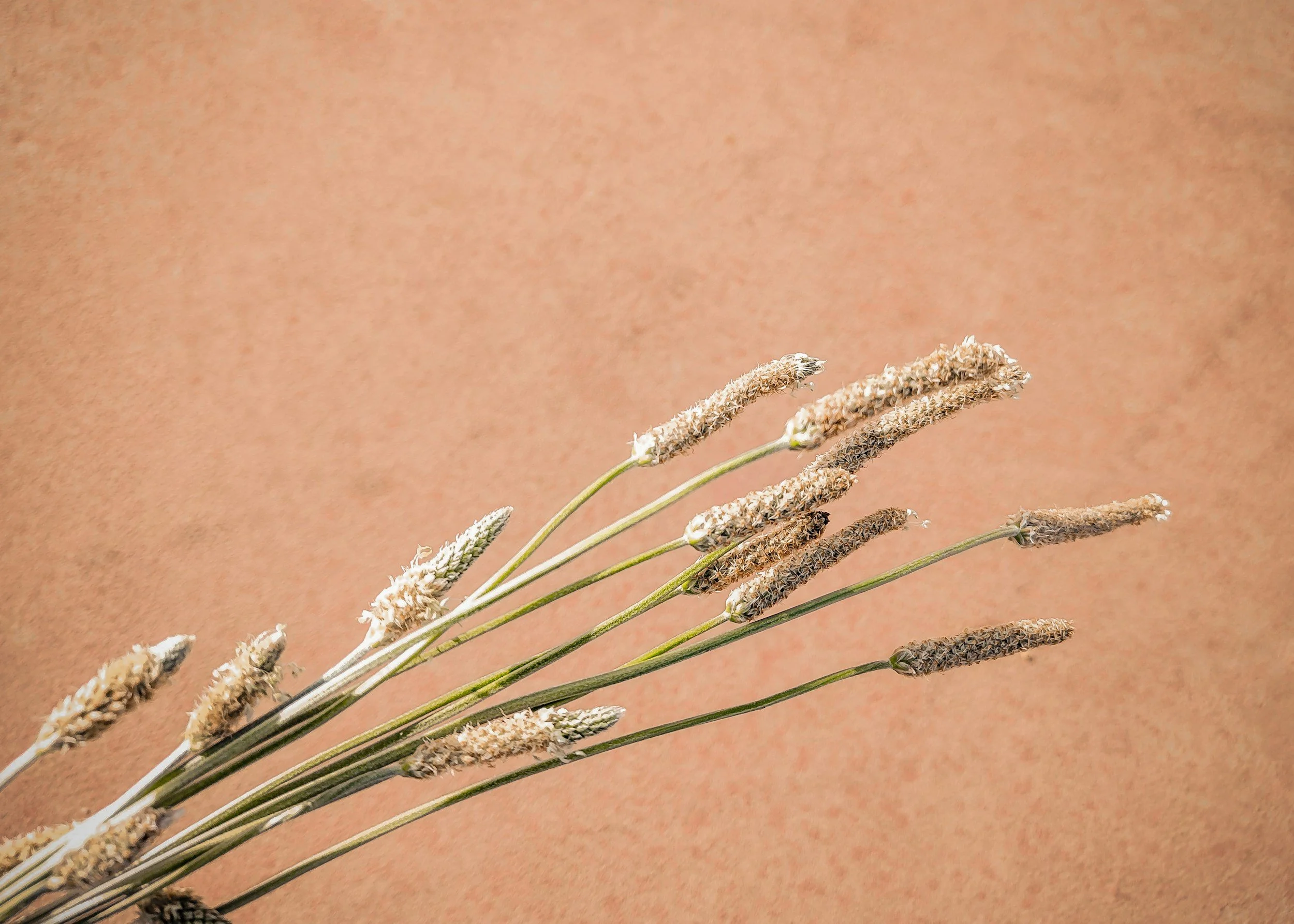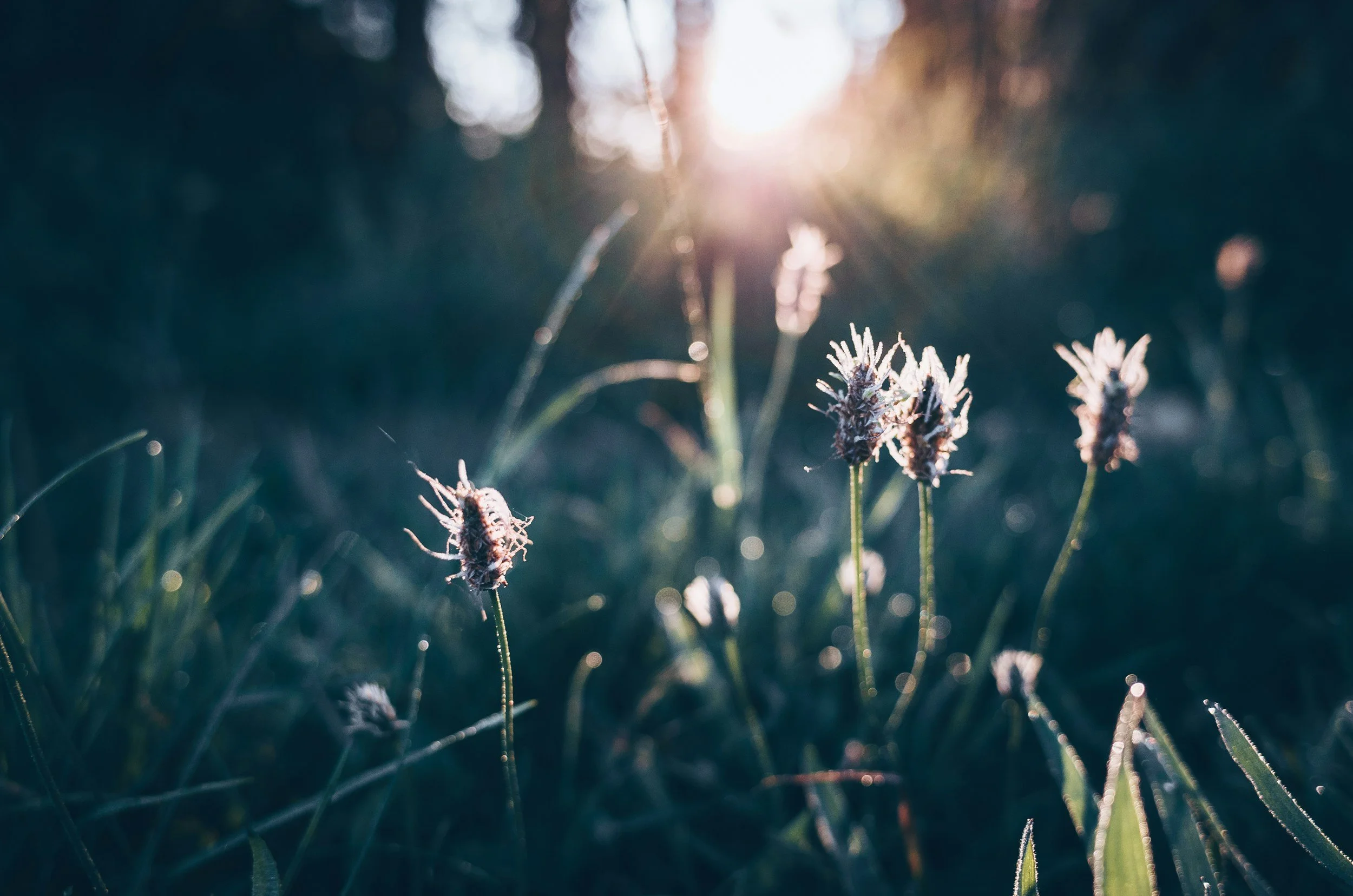
Plantain
Plantain
(Plantago lanceolata, P. major, P. media)
Plantain (Plantago spp.) is one of those quiet, everywhere medicines, cooling, soothing, and brilliantly restorative for skin and mucous membranes. Traditionally used on bites, stings, splinters, and minor wounds, it helps draw out irritation while tightening and calming the tissue. Internally, it’s gently demulcent and astringent, making it useful for irritated throats, lungs, and the digestive system. A true first-aid field herb.
Plant Family
Plantaginaceae
Other Significant Names
Ribwort plantain (P. lanceolata)
Greater or large-leaved plantain (P. major)
Hoary plantain (P. media)
Parts Used
Mainly: Folia (leaves)
Occasionally: Radix (roots)
Typical Forms of Prescription
Infused oil (for balms and creams)
Infusions
Tinctures
Plantain (Plantago major) – Clinical Snapshot
Primary Actions
Expectorant
Anticatarrhal
Antibiotic
Anti-inflammatory
Antiallergic
Demulcent
Diuretic
Respiratory relaxant
Respiratory trophorestorative
Astringent
Analgesic
Antihemorrhagic
Vulnerary
Primary Indications
Respiratory & Allergy Support:
Upper respiratory tract infections
Hay fever
Sinusitis
Mild allergic reactions (e.g., insect bites, skin irritation)
Digestive & Urinary:
Diarrhoea
Gastritis
Cystitis
Musculoskeletal & Skin:
Joint inflammation
Wound healing
⚠️Cautions / Safety⚠️
None known
Safe during pregnancy and for children
Plantago spp
Phytochemistry and Pharmacology
-
Includes: Aucubin, catalpol
Action: Anti-inflammatory, antimicrobial, wound-healing
Use: Iridoids are key constituents in plantain's tissue-healing and infection-fighting profile. Aucubin enhances the body's anti-inflammatory response, supports epithelial regeneration, and has demonstrated antibacterial effects, making plantain ideal for cuts, grazes, bites, and gut inflammation.
-
Action: Demulcent, soothing, anti-inflammatory
Use: The high mucilage content makes plantain especially soothing to mucous membranes, calming dry coughs, sore throats, gastritis, and urinary tract irritation. It coats and protects irritated tissues, aiding recovery and reducing inflammation.
-
Action: Astringent, tissue-toning, anti-inflammatory
Use: Tannins help tighten and tone tissue, making plantain effective for diarrhoea, wound healing, and weeping skin conditions. The combination of tannins and mucilage creates a unique dual action, astringent yet soothing.
-
Action: Tissue repair, connective tissue support
Use: Silica aids in wound healing, skin resilience, and tissue regeneration, particularly in damaged or irritated epithelial linings of the gut, lungs, or bladder.
-
Includes: Apigenin, luteolin
Action: Antioxidant, anti-inflammatory, mild antihistamine
Use: These support plantain’s use in skin issues, allergic reactions, and chronic inflammation, internally and topically. They contribute to plantain’s traditional use for hay fever, eczema, and insect stings.
-
Action: Immune support, skin healing
Use: These minerals further reinforce plantain’s ability to speed healing, reduce inflammation, and support immune response, especially in skin and mucosal conditions.
Traditional use
Plantain was one of the Nine Sacred Herbs of the Anglo-Saxons, celebrated for its power to draw out infection, stop bleeding, and heal wounds. It was mentioned in the 10th-century Lacnunga as a poultice for bites, sores, and wounds. Across Europe, it was used to ease inflammation, coughs, and skin eruptions. Due to its spread and usefulness, Indigenous peoples in North America often called it “white man's footprint”.
Clinical discussion
Plantain is both astringent and mucilaginous, a rare and valuable combination. It tones inflamed tissue while simultaneously soothing irritation, making it especially useful for wounds, insect bites, hay fever, urinary irritation, and gastrointestinal inflammation (such as ulcers or colitis).
Key constituents include:
Aucubin (an iridoid glycoside) – shown to have anti-inflammatory, antimicrobial, and wound-healing effects
Allantoin – encourages cell proliferation and tissue repair
Tannins and mucilage – support both astringent and soothing actions
Plantain is also helpful in upper respiratory infections, soothing dry, irritated coughs, and easing bronchial inflammation. It may be used internally or topically and is commonly included in herbal allergy blends (alongside elderflower and nettle) to support seasonal hay fever.
Cultivation/harvesting
Plantago major and Plantago lanceolata are the most commonly used species and grow easily in most UK soils, especially in disturbed ground, lawns, or meadow edges. They tolerate partial shade or full sun and require minimal maintenance.
Harvest young leaves in late spring to early summer, with high mucilage content.
Choose clean, green leaves free of insect damage or discolouration.
For medicinal use, they can be used fresh in poultices or dried quickly in the shade and stored airtight for teas and powders.
Key Botanical Features of Plantago major (Broadleaf Plantain / Greater Plantain)
Plantago major, commonly known as broadleaf plantain, greater plantain, or sometimes confused with ribwort (which more accurately refers to Plantago lanceolata), is a perennial herbaceous plant in the Plantaginaceae family. It is widely used in traditional medicine, especially for wound healing, inflammation, and respiratory support.
Growth Habit
Type: Perennial herb.
Size: Typically 10–30 cm (4–12 inches) tall.
Form: Grows in a low, basal rosette.
Stem: Leafless flower stalks arise from the centre of the rosette.
Leaves
Type: Broad, oval to egg-shaped, growing in a rosette.
Size: 5–20 cm (2–8 inches) long.
Margins: Smooth or slightly toothed.
Venation: Prominent parallel veins (usually 5–9), running lengthwise from base to tip, a key identifying feature.
Texture: Smooth to slightly hairy, especially on the undersides.
Colour: Medium to dark green.
Flowers
Type: Tiny, greenish-white, and inconspicuous.
Arrangement: Dense spikes on long, upright stalks rising from the rosette.
Size: Flower spikes can reach 15–45 cm (6–18 inches) high.
Blooming Period: Late spring through early autumn (May–September).
Pollination: Wind-pollinated, though some insect activity occurs.
Fruits & Seeds
Fruit Type: Capsules containing multiple tiny seeds.
Seed Dispersal: Sticky seeds easily cling to animals, shoes, or soil.
Note: Seeds are mucilaginous and swell in water, which is used in herbal preparations.
Roots
Type: Fibrous root system.
Function: Anchors plant well in compacted or disturbed soils.
Habitat & Growth Conditions
Climate: Adaptable to varied temperate climates.
Soil: Prefers moist, compacted soils but grows in almost any soil type.
Sunlight: Tolerates full sun to partial shade.
Distribution: Native to Europe and Asia, now naturalised worldwide — often seen in lawns, roadsides, and footpaths.
Sustainability/conservation
Native European, naturalised globally. Least concern.
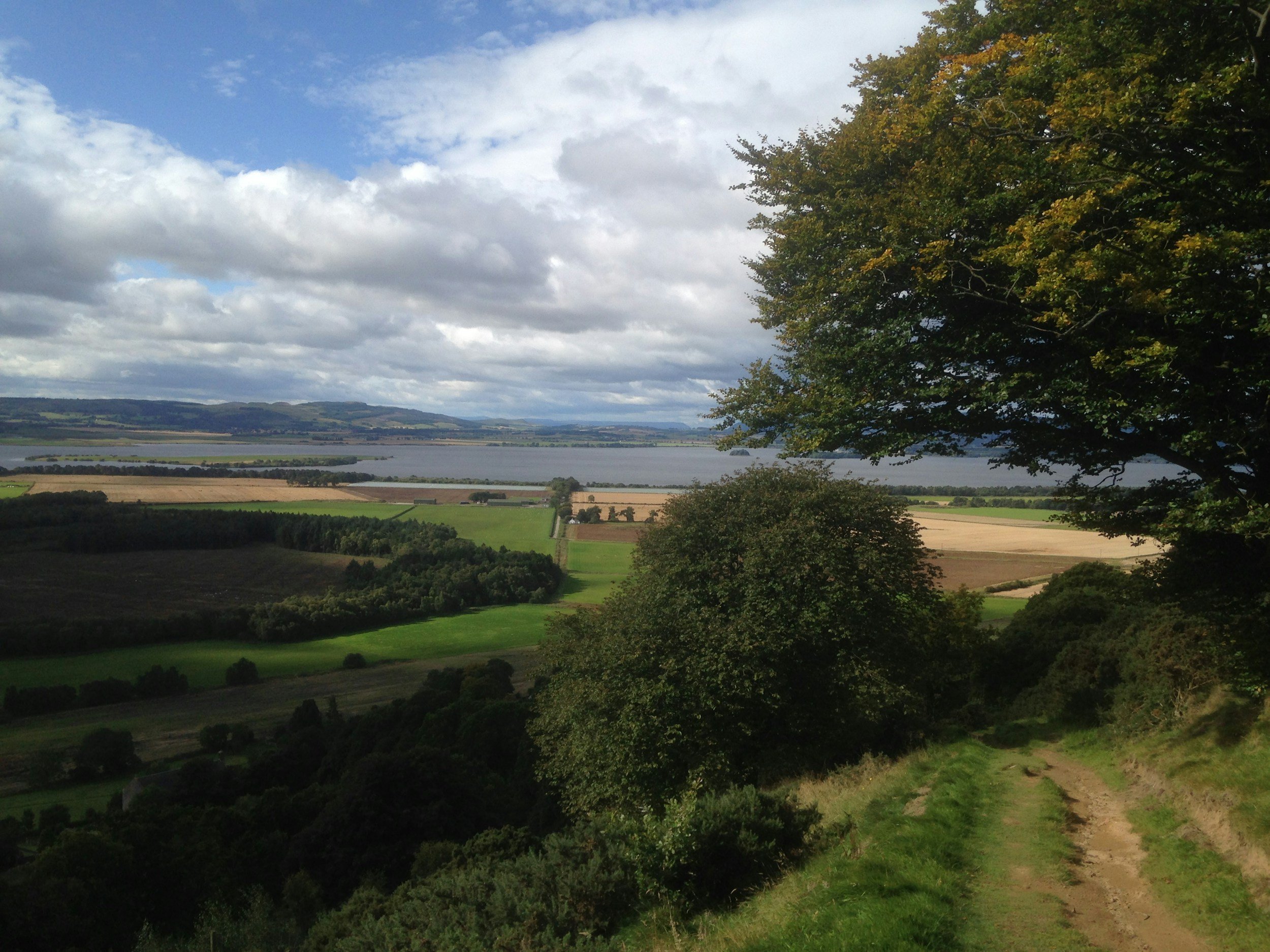
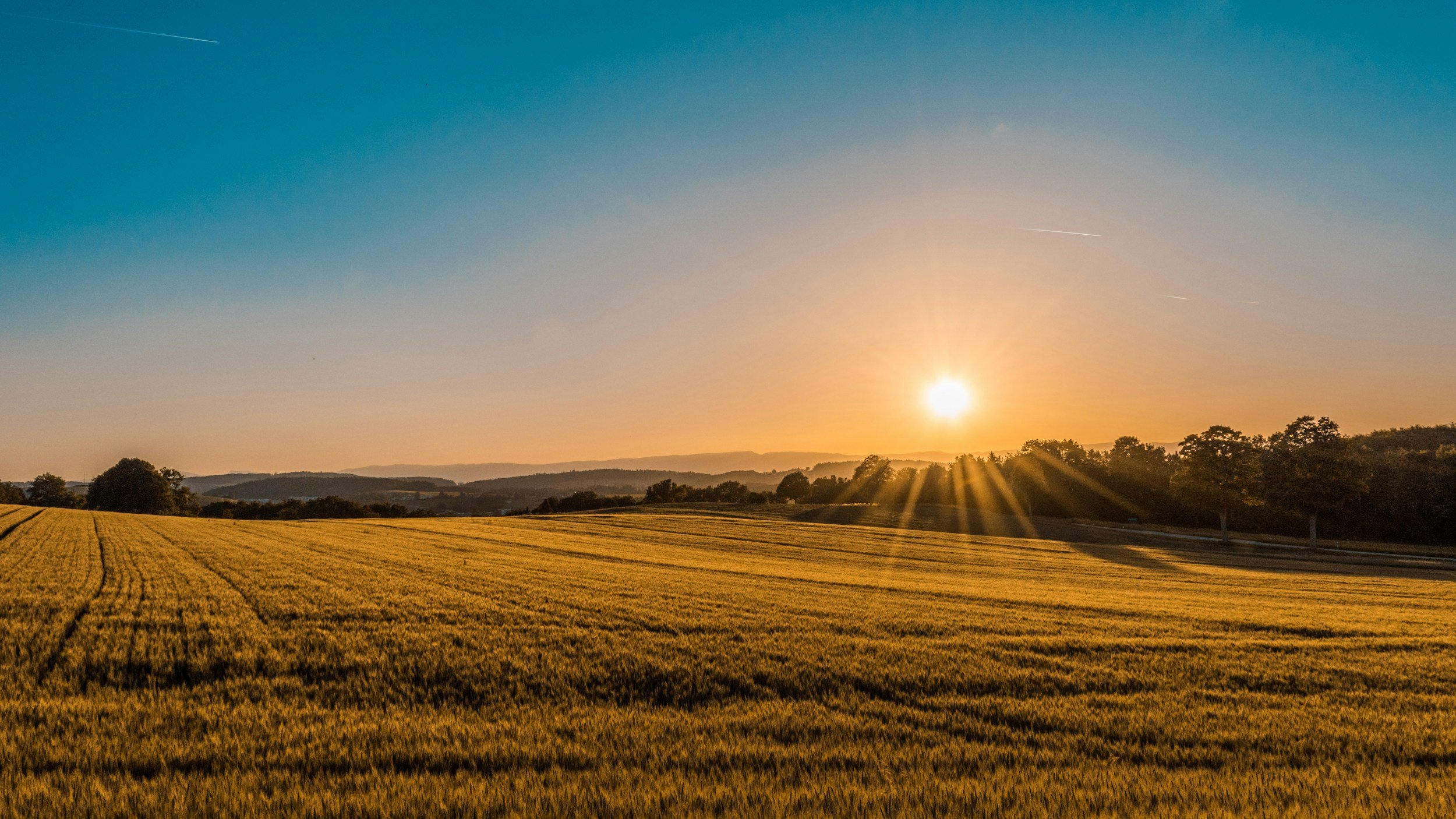
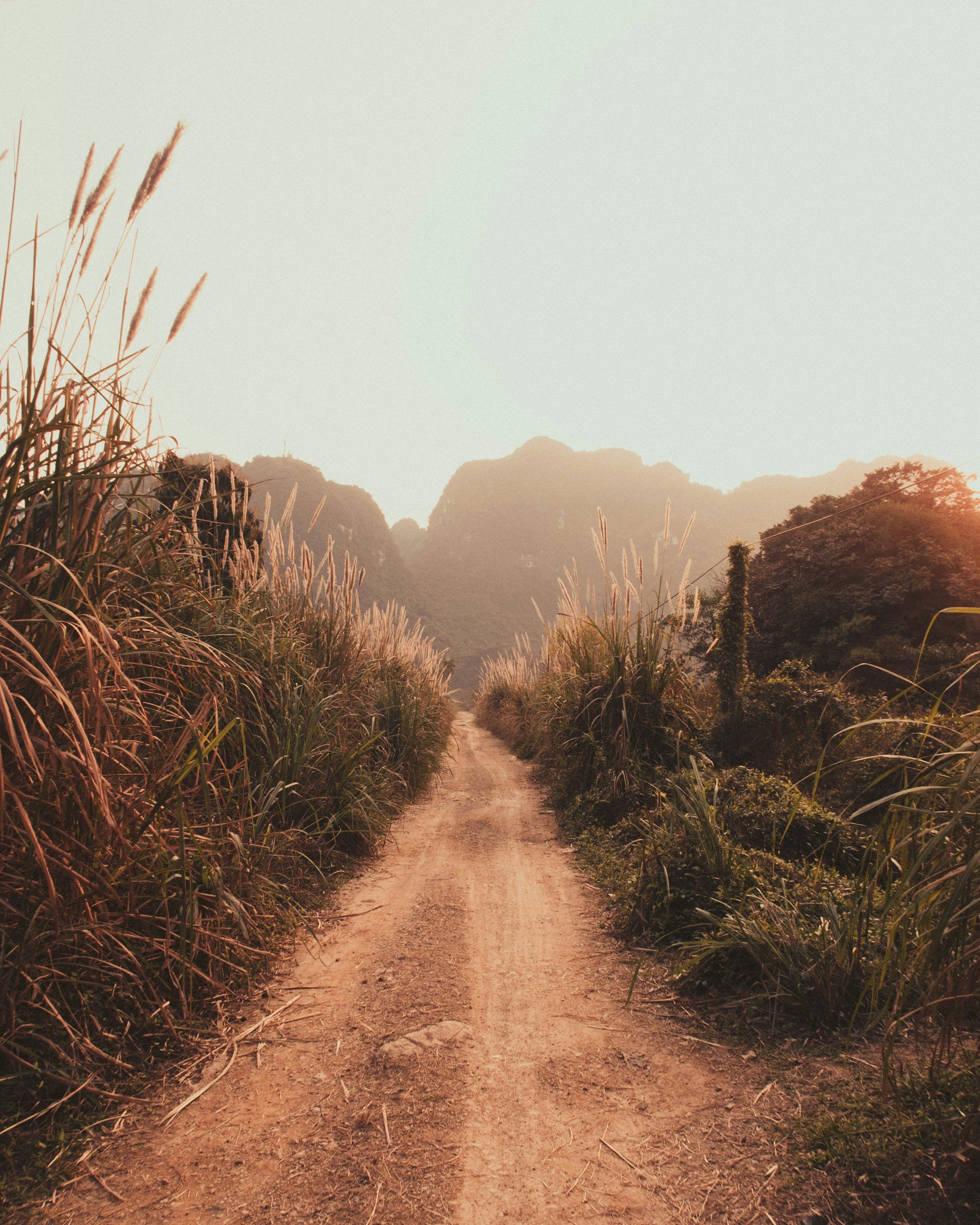
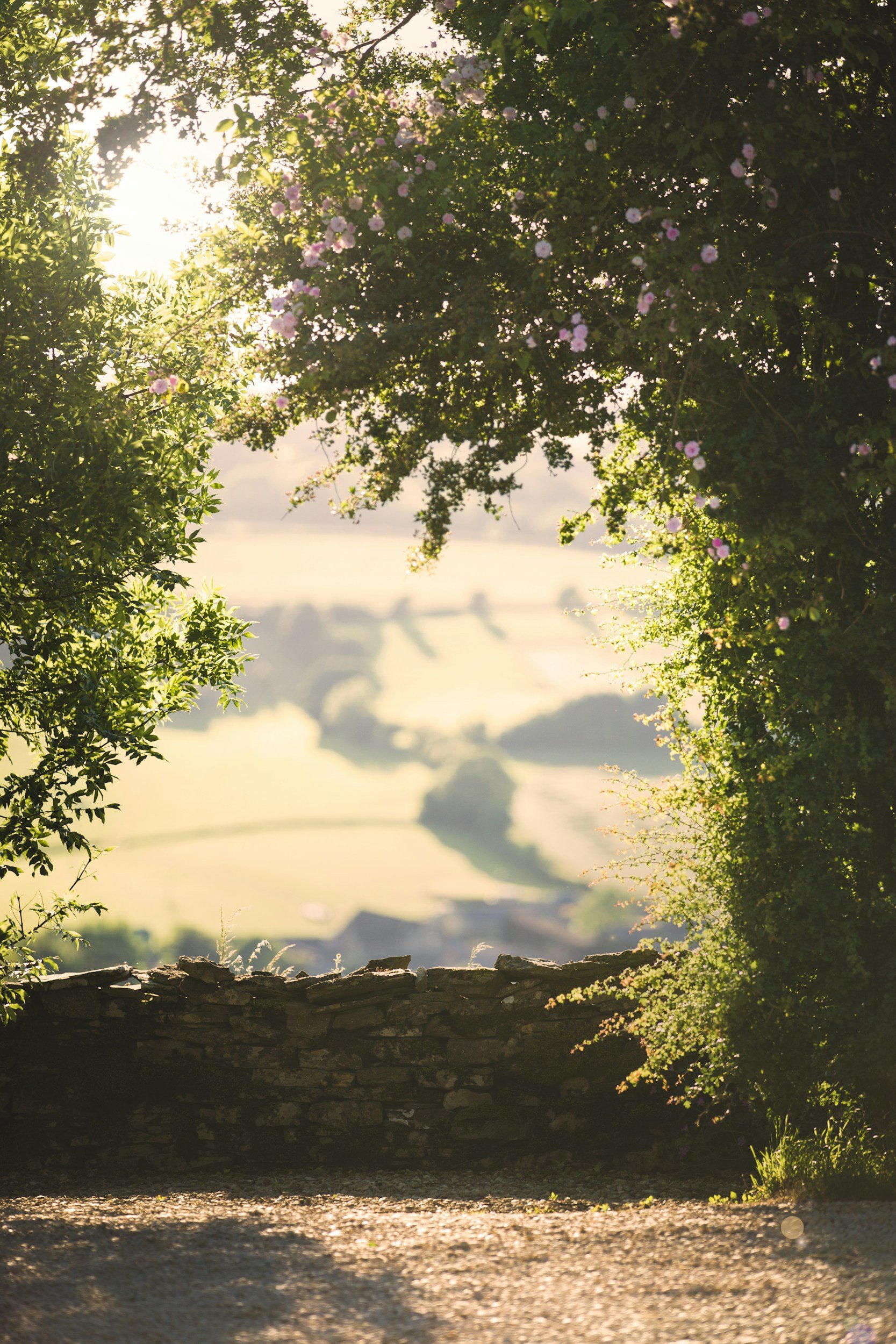
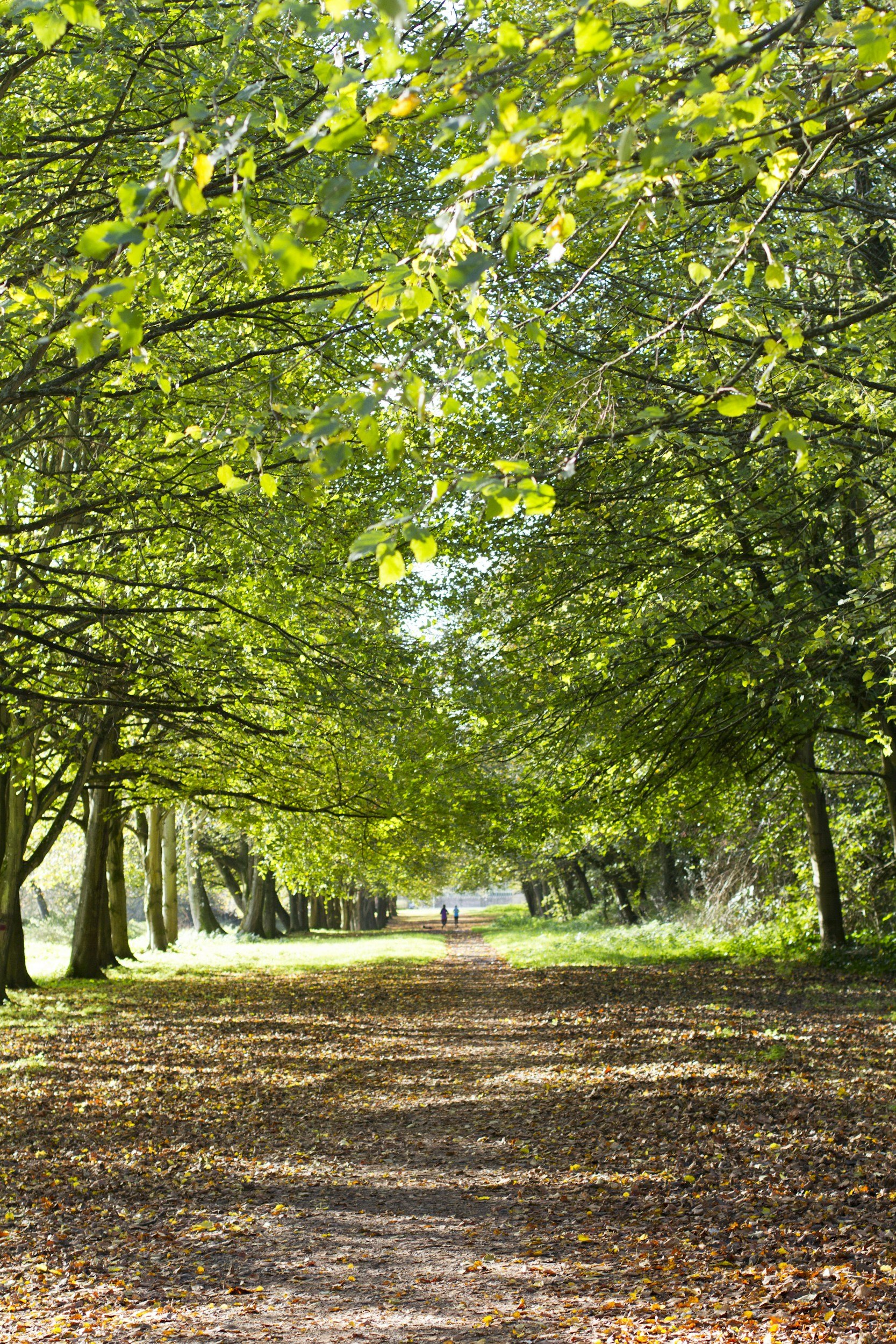
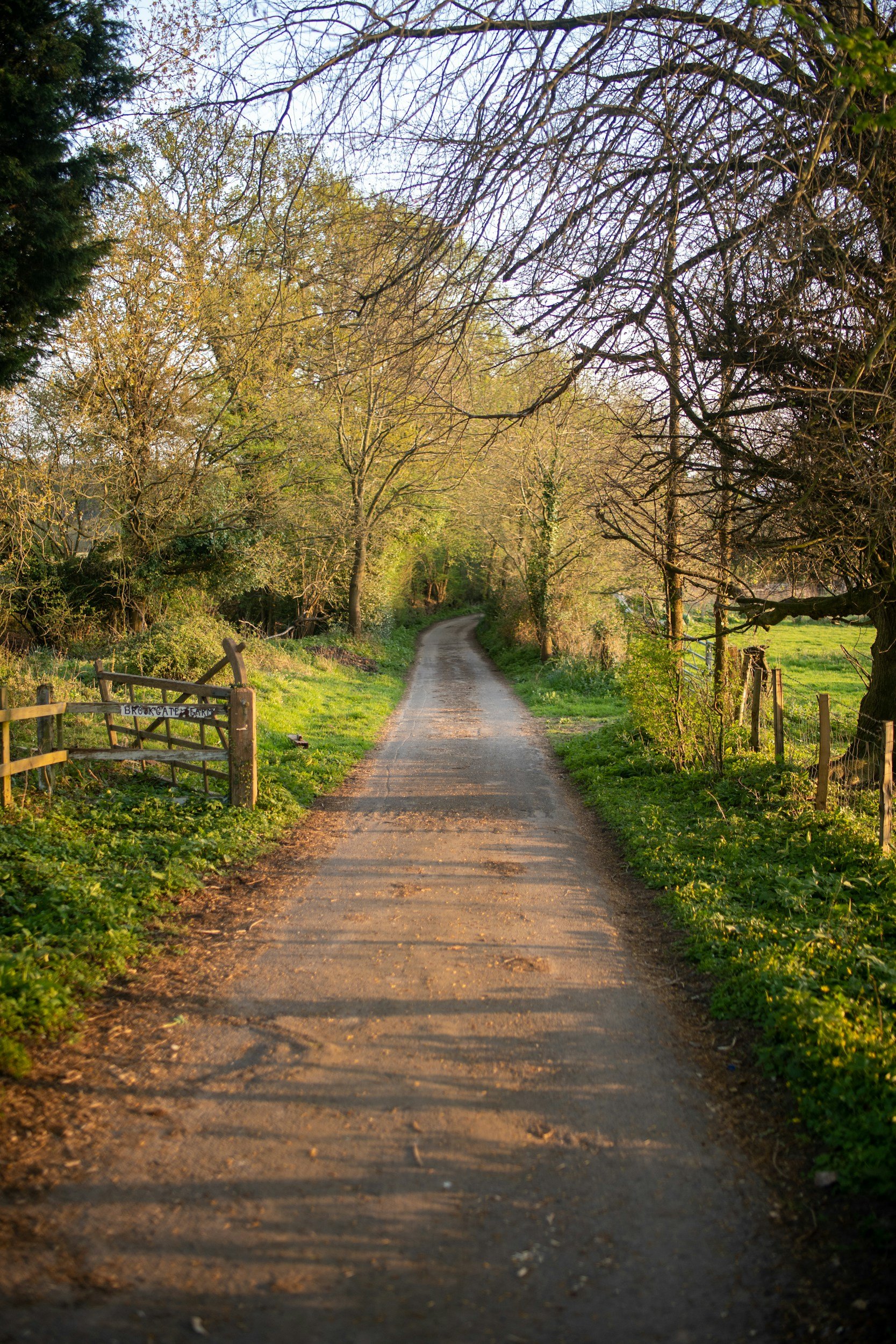
Sources
Bartram, T. (1998). Bartram’s encyclopedia of herbal medicine. Constable.
Fisher, C. (2018). Materia medica of western herbs (Rev. ed.). Aeon Books.
Hedley, C., & Shaw, N. (2020). A herbal book of making and taking. Aeon Books.
Hoffmann, D. (2003). Medical herbalism: The science and practice of herbal medicine. Healing Arts Press.
McIntyre, A. (2019). The complete herbal tutor (Revised & expanded ed.). Aeon Books.
Royal Botanic Gardens, Kew. (n.d.). Plants of the World Online. https://powo.science.kew.org/
Mills, S., & Bone, K. (2013). Principles and practice of phytotherapy: Modern herbal medicine (2nd ed.). Churchill Livingstone; Elsevier.
Barnes, J., Anderson, L. A., & Phillipson, J. D. (2013). Herbal medicines (3rd ed.). Pharmaceutical Press.
Benzie, I. F. F., & Wachtel-Galor, S. (Eds.). (2011). Herbal medicine: Biomolecular and clinical aspects (2nd ed.). CRC Press; Taylor & Francis.
Evans, W. C. (2009). Trease and Evans’ pharmacognosy (16th ed.). Elsevier.
Disclaimer: This page is for educational purposes only. Consult a qualified medical herbalist before using herbs, especially during pregnancy, when trying to conceive, while breastfeeding, for medical conditions, or with children.
Read the full disclaimer → Medical Disclaimer.



